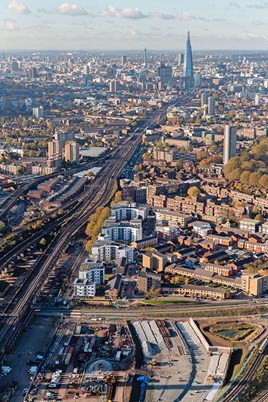For Shaw, NR routes should be able to:
■ Decide how to maintain and renew their assets with a framework set centrally by NR acting as a system operator and technical authority.
■ Plan engineering works to balance customers’ and operating/maintenance needs. There will need to be some co-ordination above route level, to ensure that regional teams responsible for (for example) East and West Coast Main Lines don’t close both at the same time.
■ Develop and deliver minor enhancements. Shaw admits that there might be some tension between routes and the centre if the routes plan to use new technology and equipment.
■ Sell access rights and compile timetables. This will need co-ordination with the system operator and technical authority. The arguments about adding more trains to the East Coast Main Line put close focus on the challenge of selling access rights locally. The ECML has London suburban trains close to the capital, inter-regional trains in northern England, inter-city trains from south and southwest England, and then local Scottish trains north of the border. Then there are the open access operators that remain close to and popular with their passengers.
■ Be held responsible for performance, particularly delays. There remains the challenge of delays imported from other routes, but local management should be better placed to develop contingency plans with their customers to deal with delays.
Shaw accurately assesses the depth of cultural change needed, saying devolution will “depend on the centre being prepared to let go and let the routes really thrive”.
Major problems will land on the centre, and the chief executive will need to be ready to present the public face of the organisation even when the problem was generated at local level. This was starkly illustrated by the problems at King’s Cross over Christmas 2014, when a modest renewal project went horribly wrong and dominated the headlines. However, it was under the remit of one of NR’s central functions - Infrastructure Projects - rather than a regional team.
Local focus can work against national operators such as the freight companies, and Shaw’s answer is to create a freight route to sit alongside the regional routes. Shaw describes the freight route as a virtual one that shares some of the properties of the geographic routes in terms of autonomy and local policy setting, and which is subject to network-wide conditions.












